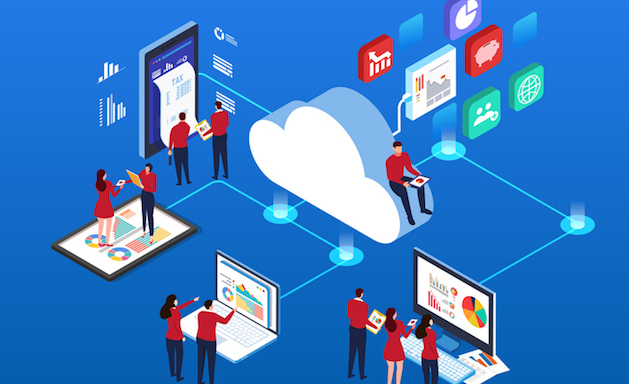Information technology is a vital and integral part of every business plan from huge global corporations managing mainframe systems and databases to small businesses with just a single computer, IT is essential.
In this blog, we take a look at some of the different ways information technology is being used within business and what it is being used for.
Information Technology for communication.
When was the last time you tried to communicate to employees, suppliers and customers by just picking up the phone? Phoning all your contacts about a new product or promotion could take you months! Email is the principal means of communication these days and was the earliest drivers of the internet, mainly because it is an inexpensive and simple solution to communicate. Looking at your communication tools now how have they advanced, are you just using email or are you making use of the advancements of communication software? It is now possible to communicate via chat systems, online meeting tools and video-conferencing. Telephones and smart-phones offer even more high-tech ways of communicating via VOIP (voice over internet protocol)
Data Management Systems.
Do you remember the days of visiting the ‘filing room’?! The place where you could spend hours hunting through files and then getting frustrated because instead of a file being put back under ‘D’ it’s found under ‘P’! Businesses today tend to store all the files digitally on servers and storage devices. The files are accessible to everybody in the company regardless of their location. It is now possible to store files much more economically and with document access to staff when required.
Customer Relationship Management/CRM.
A CRM system is one of the best ways to manage customer relationships, the system will capture every interaction the business has with its customer or prospective customer giving a more enhanced experience to the customer. The information stored on the CMS can provide historical data so when speaking with the customer directly the account manager/call centre representative has a full understanding of the customers’ needs/experiences/previous purchases based on input from previous calls. This ultimately means the company benefits from improved productivity and enhanced customer relations.
Inventory Management Systems
The management of stock is vital to the running of your business, you need to meet demand but not invest in more stock than you require. An Inventory Management System will track the quantity of each item within the company, when the stock levels fall below a certain level the system will automatically trigger an order of additional stock.
To get the best from an Inventory Management System it should be connected to a point-of-sale-system (POS). A POS will make sure every time an item is sold, this item is removed from the inventory count, creating a closed information loop between all departments.
Management Information Systems
A Management Information System allows businesses to track sales data, expenses and productivity levels. Data captured by this system enables companies to track profitability over time and maximise return on investment as well as identify areas of improvement. The storing of this data is used by progressive organisations as part of their strategic planning process.
Management systems also allow managers to track sales on a daily, weekly, monthly basis, meaning they can react to situations whereby lower than expected figures are being achieved making sure to boost staff productivity or reducing the cost of an item is it isn’t selling as well as predicted.
Jonathan’s tip for the day: Never ask the question what happens when the cloud is destroyed 😉
At JC Designs we pride ourselves on our ability to create and install software best suited to your business from standard ‘off the shelf’ solutions to bespoke software which is made specifically for the client ensuring all the data in your system is as accurate as possible and able to produce reliable trusted outputs. If you would like any further information please get in touch.





Leave A Comment
You must be logged in to post a comment.